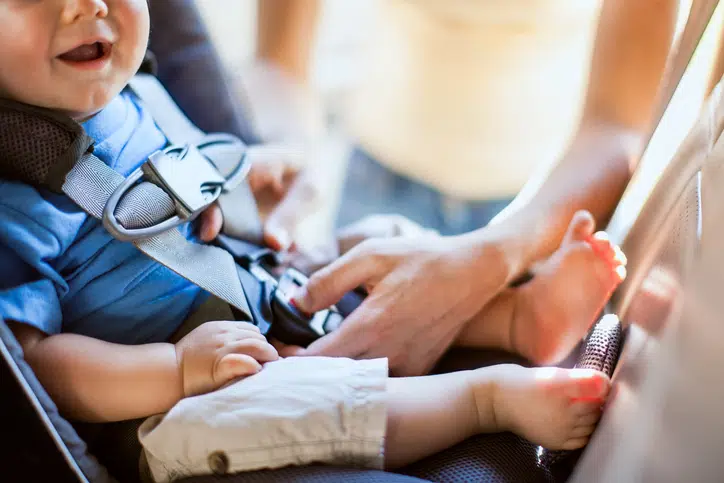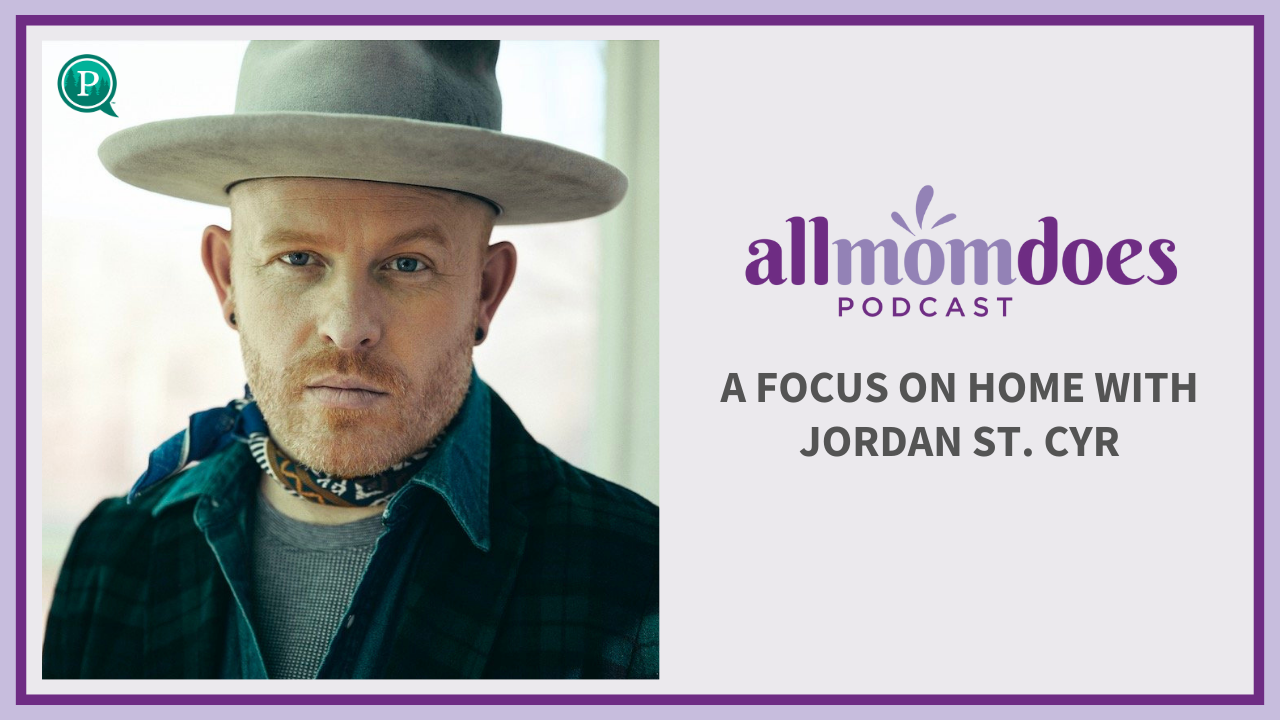New moms are meticulous about washing pacifiers. Moms of preschoolers teach their little ones to wash their hands after they use the bathroom and not to run while they’re eating. We always make sure our kids wear a helmet when they ride their bikes. The instinct to keep our kids safe is our DNA. Car seat safety should be no different.
By now, you’ve probably seen that car seat regulations are changing in Washington State beginning January 1, 2020. (1)
There has been quite a bit of eye rolling and grumbling from older kids who were nearing the end of their booster days or are now having to go back to a booster after feeling the freedom of not using one.
I’ve also heard sighs from parents who are having to field their kids’ emotions or spend the money to buy the proper seat. I get it – it can be a headache to navigate the changes and implement them within your own family.
But, ultimately, the new laws are in our favor and are for our good.
Did you know that according to the AAP (American Academy of Pediatrics), “young children in a forward-facing seat are five times more likely to be seriously injured than those in a rear-facing seat”? (2) When rear-facing, “the crash force [spreads] more evenly across the back of the car seat and the child’s body, … [limiting] the motion of the head, reducing the potential for neck injury, and keeps the child more contained within the shell of the child restraint.” (3)
In actuality, adults would be safer if we could sit rear-facing, too, but it’s not realistic (ie. we can’t drive backwards). While we’d all be better off riding backwards, it is crucial for children because their body structure is remarkably different from an adult’s.
For starters, a child’s body is still developing, both physically and in emotional maturity.
Physically, there are three major points of ossification (hardening of cartilage into bone) in children. There is a 50% probability that the first major bone is completely ossified by the age of two. It is also only 50% probable that the third major bone is completely ossified by the age of eight. That means that most children who are eight and younger have major bones that support their neck and spine that aren’t fully developed. (Complete ossification doesn’t occur until 18-20 years old.) (4)
Not only are their bones not fully developed and their spines not matured, children proportionately have much larger heads than adults (a baby’s head is 25% of its body, while an adult’s head is only 6% of its body) (4) and will therefore have more impact on the head, neck, and spine in the case of a car crash.
Making the switch from a forward-facing harness to a booster seat is not only about bone structure, but also about emotional maturity. If they’re unable to sit still and face forward with their seat belt across their chest for the duration of a car ride, they’re not ready for a booster. You know as much as I do that kids at this age are fidgety. They get antsy in the car and want to lean over to grab toys or snacks or just move around because they’re bored. The moment they’re leaning out of the seatbelt, they’re no longer protected.
You might be thinking, “I understand all that, but why does my eight-year-old still have to use a booster seat?” I’ve even heard some of my shorter friends joke that soon they’ll be needing a booster seat, too.
Here’s a great article that outlines reasons why older children should still use booster seats from Oklahoma City Moms Blog: Five Reasons Your 8+ Year-Old Needs A Booster Seat (Yes, STILL)
To sum it up: seat belts are made for adults. If the seat belt doesn’t sit properly across a child’s chest, it’s less likely to keep them safe in a crash, and more likely to be misused because it will be uncomfortable. Secondly, even though your eight-year-old (or 12-year-old) might be similar in size to you, their bones won’t be fully developed until they reach the other side of puberty.
“A (not so) Fun Fact: Children ages 5 and older have higher fatality rates in car crashes than children ages 4 and under. Much of this is because of improper booster usage and taking children out of boosters too soon.” (5)
The laws that will be enacted come January are a reflection of the AAP’s recommendations that have been around for several years. The government is finally catching up. And to be really honest, we still have a ways to go to be in line with the AAP guidelines, but the law is making forward progress.
According to the AAP, “infants and toddlers should ride in a rear-facing seat until they reach the highest weight or height allowed by their car seat manufacturer.”
For my girls’ Diono Radian car seats, the height limit is 44 inches and the weight limit is 45 pounds. (6) My three year old still hasn’t reached those limits.
The AAP also states that “children who have outgrown the rear-facing weight or height limit for their convertible seat should use a forward-facing seat with a harness for as long as possible, up to the highest weight or height allowed by their car seat manufacturer.”
Again, for our Diono Radian, those limits are 57 inches and 65 pounds. (6) My five-and-a-half year old is nowhere near those limits at about 48 pounds. The AAP recommends that she stay in a 5-point harness until she reaches one of those limits.
In contrast, under the revised law (7):
- Children who are under the age of 2 should be secured in a rear-facing child restraint system until they reach the maximum height or weight requirements set by the manufacturer.
- Children between 2 to 4 years old should be secured in a child restraint system that is forward-facing and has a 5-point harness until they reach the weigh or height requirements set by the manufacturer.
- Children who are older than 4 years old should be secured using a booster seat until they are 4’9” or can be properly secured by a lap belt, which is usually between the ages of 8-12 years old.
“In most families, milestones and transitions are viewed in a positive light. Child passenger safety is one of the few areas where the next step is not ‘positive’ and where delaying transitions is best practice.” (8)
Car seat safety is forever evolving based on new research and more innovative car seat design. In a few years the law may change again. It’s not convenient. There will be eye rolls and sighs and frustrations. But it’s for the safety of our kids, and that’s something we can all agree to advocate for.
- Watts, Amanda. “A New Law in Washington Could Keep Kids in Booster Seats until Middle School.” CNN, Cable News Network, 24 Apr. 2019, www.cnn.com/2019/04/23/us/wa-booster-seat-law-trnd/index.html.
- Jenco, Melissa. “Children Switching to Front-Facing Car Seats Too Early.” AAP Gateway, 23 May 2019, aappublications.org/news/2017/09/13/CarSeat091317.
- Thomas, Emily A. “Why Kids Should Stay Longer in Rear-Facing Car Seats.” Consumer Reports, www.consumerreports.org/car-seats/why-kids-should-stay-longer-in-rear-facing-car-seats/.
- “Why Rear Facing: the Science Junkie’s Guide.” Car Seats For The Littles, 18 Jan. 2019, csftl.org/why-rear-facing-the-science-junkies-guide/.
- “5 Reasons Your 8+ Year-Old Needs A Booster Seat (Yes, STILL).” Oklahoma City Moms Blog, 28 Jan. 2018, oklahomacity.citymomsblog.com/5-reasons-8year-old-needs-booster-seat-yes-still/.
- Diono Radian 3 RXT Car Seat Instruction Manual. Diono, 18 Apr. 2018. https://us.diono.com/wp-content/uploads/2018/04/18_Diono_RXT_3_Instructions-0820.pdf?x43623
- “Washington HB1012 | 2019-2020 | Regular Session.” LegiScan, legiscan.com/WA/text/HB1012/2019.
- Hoffman, Benjamin D. “New Child Passenger Safety Seat Guidance Advises Kids to Ride Rear-Facing as Long as Possible; Drops Age Criterion.” AAP Gateway, 16 May 2019, www.aappublications.org/news/2018/08/30/passengersafety083018.

I’m Hannah — a Seattle native and a mom to three spirited daughters. I love a good oat milk latte from Caffe Ladro, learning to skateboard with my 6-year-old, and exploring new parks with my best friend and partner, Matt. I’ve walked through hard seasons of divorce, single-parenting, and mental illness (in my kids and myself), but in the last couple years I’ve been redefining what it means for me to be a mom in my 30’s and how to find joy right here. (Hello, skateboard lessons and adult art class!) I didn’t expect much of anything about my life as it is now, but I’m learning to savor each moment. There is so much joy to be found here.

















